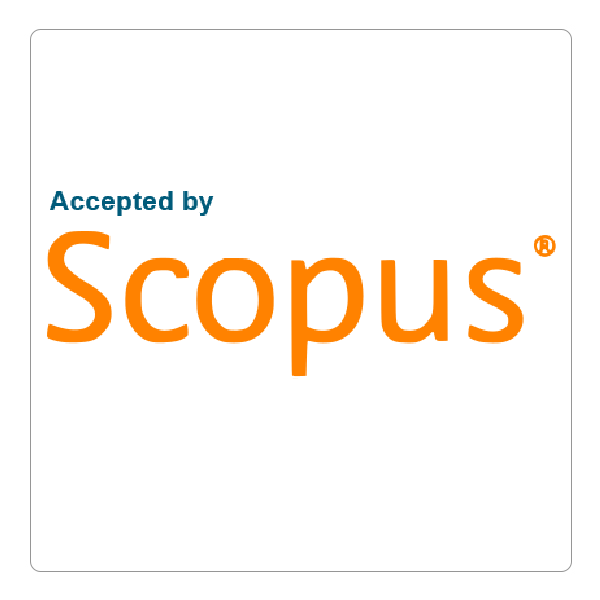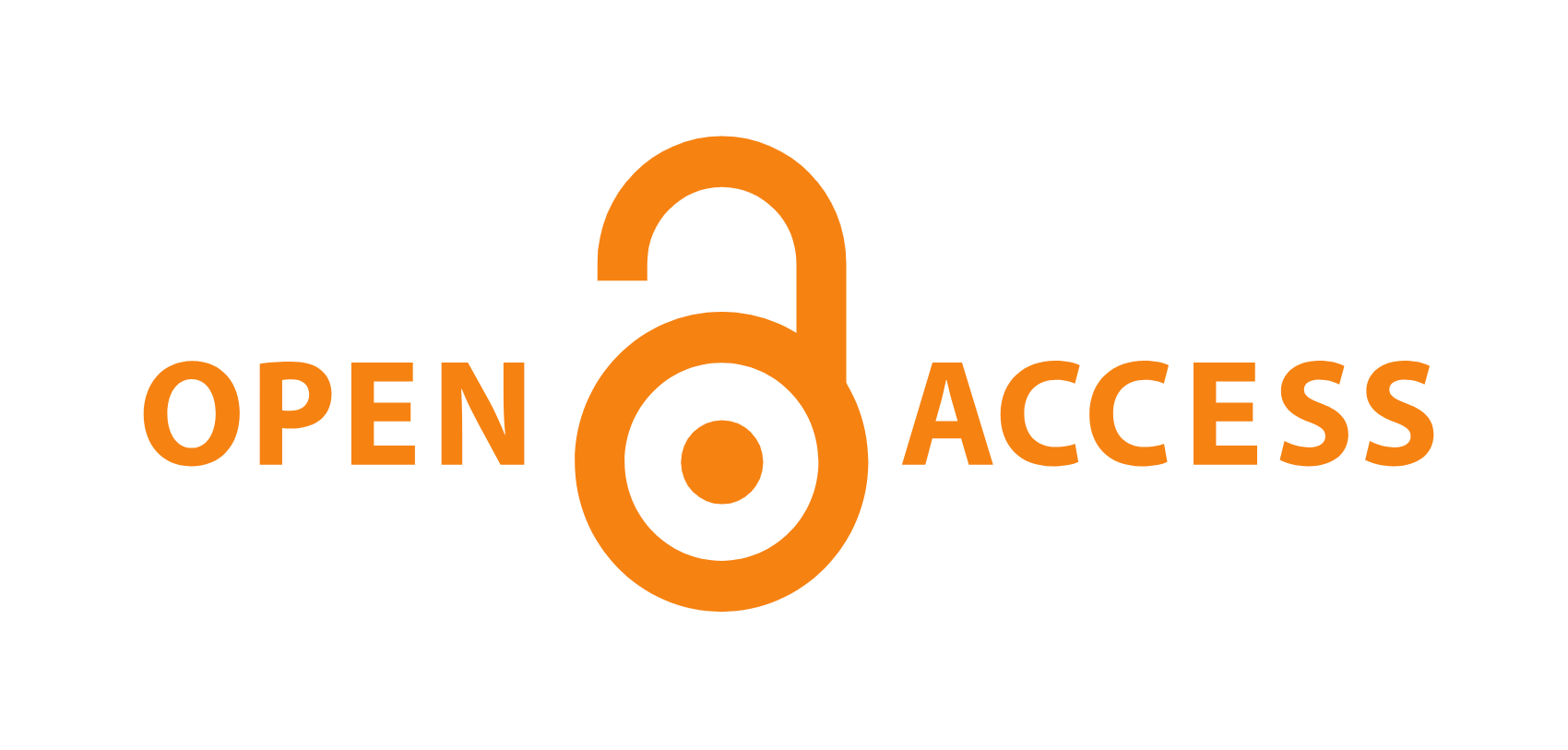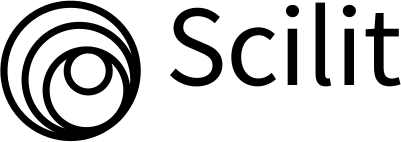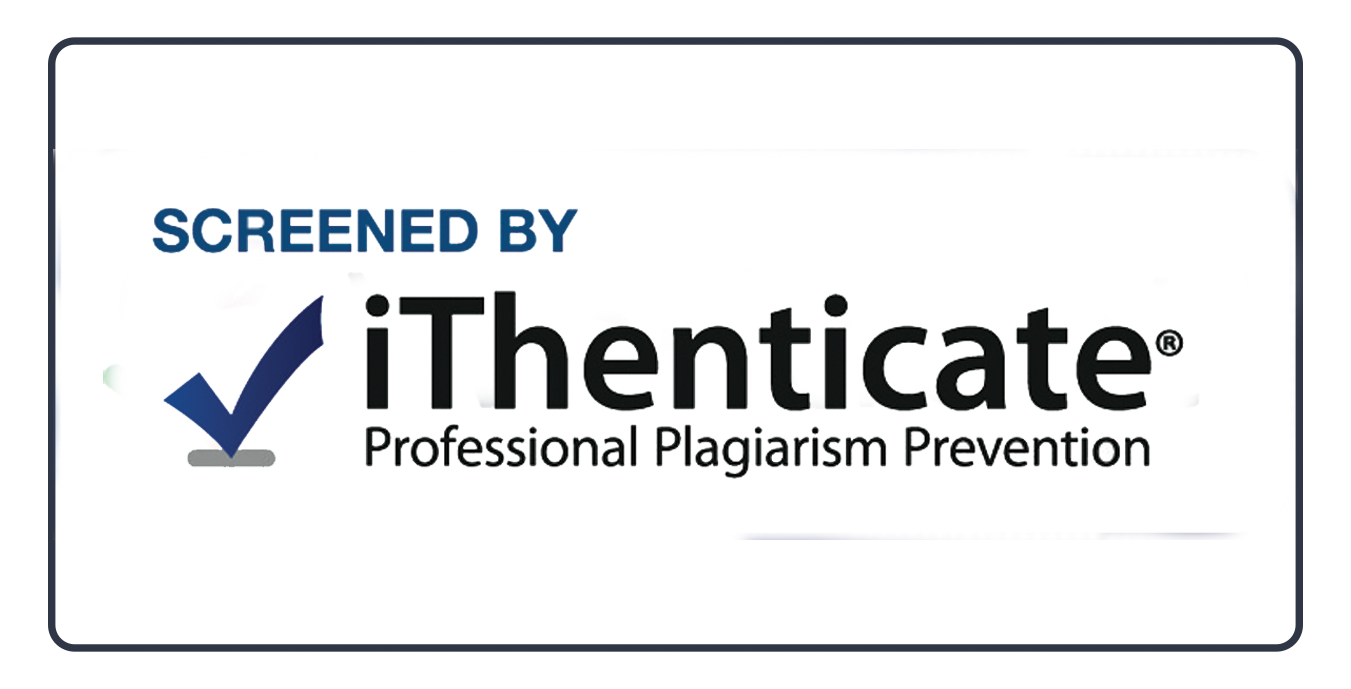How to Cite This Article
Yonatan; Astuti, Suryani Dyah; Ain, Khusnul; Arifianto, Deny; Yaqubi, Ahmad Khalil; and Permatasari, Perwira Annissa Dyah
(2024)
"Development of a Magnetic LED-Based Sterilisator for Inactivation of Contaminant Bacteria,"
Polytechnic Journal: Vol. 14:
Iss.
2, Article 6.
DOI: https://doi.org/10.59341/2707-7799.1839
Document Type
Original Article
Abstract
Nosocomial infections are caused by viruses, bacteria, and fungi that patients acquire while receiving treatment in a healthcare facility. These infections often result from cross-contamination, either through the hands of healthcare workers or contaminated medical equipment. Staphylococcus aureus is a well-known pathogen responsible for many infections, from mild skin conditions to severe sepsis or multiorgan failure. Sterilization is a process designed to eliminate or destroy all forms of microorganisms, including bacteria, fungi, and viruses, on objects or in environments, preventing them from reproducing or causing infections. This study aims to evaluate combining a static magnetic field with photodynamic inactivation to the inactivation of Staphylococcus aureus (a Gram-positive bacterium). The research utilized high-power blue LEDs and static magnetic fields generated by neodymium magnets. The highest reduction in bacterial count, 81.92% ± 7.92%, was observed with the combined treatment of static magnetic fields and LED illumination at the F8 microplate location, with an exposure time of 40 minutes. The LED energy density was 11.72 J/cm², and the static magnetic field strength was 25.61 mT. Conversely, the lowest reduction, 52.41% ± 7.64%, occurred at the exact F8 microplate location with a 10-minute exposure, an LED energy density of 2.93 J/cm², and a static magnetic field strength of 25.61 mT.
Receive Date
27/08/2024
Revise Date
23/09/2024
Accept Date
24/09/2024
Publication Date
11-8-2024
References
[1] Agustina R, Dartanto T, Sitompul R, Susiloretni KA, Achadi EL, Taher A, et al. Universal health coverage in Indonesia: concept, progress, and challenges. Lancet 2019; 393(10166):75e102. https://doi.org/10.1016/S0140-6736(18) 31647-7.
[2] Handayani PW, Hidayanto AN, Sandhyaduhita PI, Ayuningtyas D. Strategic hospital services quality analysis in Indonesia. Expert Syst Appl 2015;42(6):3067e78. https:// doi.org/10.1016/j.eswa.2014.11.065.
[3] Cancedda C, Cotton P, Shema J, Rulisa S, Riviello R, Adams LV, et al. Health professional training and capacity strengthening through international academic partnerships: the first five years of the human resources for health program in Rwanda. Int J Health Pol Manag 2018;7(11):1024. https://doi.org/10.15171/ijhpm.2018.61.
[4] Kollef MH, Torres A, Shorr AF, Martin-Loeches I, Micek ST. Nosocomial infection. Crit Care Med 2021;49(2):169e87. https://doi.org/10.1097/CCM.0000000000004783.
[5] Kyrylenko A, Eijlander RT, Alliney G, Lucas-van de Bos E, Wells-Bennik MH. Levels and types of microbial contaminants in different plant-based ingredients used in dairy alternatives. Int J Food Microbiol 2023;407:110392. https:// doi.org/10.1016/j.ijfoodmicro.2023.110392.
[6] Astuti SD, Tamimi MH, Pradhana AAS, Alamsyah KA, Purnobasuki H, Khasanah M, et al. Gas sensor array to clasify the chicken meat with E. coli contaminant by using random forest and support vector machine. Biosens Bioelectron 2021;9(2021):100083. https://doi.org/10.1016/ j.biosx.2021.100083.
[7] Drantantiyas NDG, Astuti SD, Nasution AMT. Comparison microbial killing efficacy between sonodynamic therapy and photodynamic therapy. Proc SPIE-Int Soc Opt Eng 2016. https://doi.org/10.1117/12.2248503.
[8] Astuti SD, Arifianto D, Drantantiyas NDG, Aulia MTN, and Abdurachman, Efficacy of CNC-diode laser combine with chlorophylls to eliminate Staphylococcus aureus biofilm,publishing in international seminar sensors, instrumentation, measurement, and metrology (ISSIMM), IEEE Xplore 5 January 2017, INSPEC Accession Number: 16563895. 10.1109/ ISSIMM.2016.7803722.
[9] Sasaki JI, Imazato S. Autoclave sterilization of dental handpieces: A literature review. J Prosthodont Res 2020;64(3): 239e42. https://doi.org/10.1016/j.jpor.2019.07.013.
[10] Ige EO, Bodunde OP, Akinola SO, Dike AE, Anuoluwa IA, Ige IA, et al. A low cost intelligent fuzzy-controlled multipass-multibaffle dry-air sterilizer device for small-sized surgical instruments. Int. J. Heat Technol 2021;39:1853e60. https://doi.org/10.18280/ijht.390620.
[11] Astuti SD, Hafidiana, Rulaningtyas R, Abdurachman, Putra AP, Samian, et al. The efficacy of photodynamic inactivation with laser diode on Staphylococcus aureus biofilm with various ages of biofilm. Infect Dis Rep 2020;12(s1):8736. https://doi.org/10.4081/idr.2020.8736. 68-74.
[12] Filipic J, Kraigher B, Tepus B, Kokol V, Mandic-Mulec I. Effects of low-density static magnetic fields on the growth and activities of wastewater bacteria Escherichia coli and Pseudomonas putida. Bioresour Technol 2012;120:225e32. https://doi.org/10.1016/j.biortech.2012.06.023.
[13] Permatasari PАD, Astuti SD, Yaqubi AK, Paisei EAW, Anuar N. Effectiveness of katuk leaf chlorophyll (Sauropus androgynus (L) merr) with blue and red laser activation to reduce aggregatibacter actinomycetemcomitans and enterococcus faecalis biofilm. Biomedical Photonics 2023;12(1): 14e21. https://doi.org/10.24931/2413-9432-2023-12-1-14-21.
[14] Astuti SD, Pratiwi WI, Tanassatha SA, Alamsyah KA, Susilo Y, Khasanah M. Effect of ozone-induced diode laser of photodynamic inactivation on pseudomonas aeruginosa, 2021. Mal J Med Health Sci 2021;17(SUPP2):27e32. http:// repository.unair.ac.id/id/eprint/125993.
[15] Arifianto D, Astuti SD, Medyaz SR, Lestari SB, Samian S, Nurdin DZI, et al. Comparison of the antimicrobial reduction effect of photodynamic inactivation with the addition of chlorophyll and curcumin photosensitizer in aggregatibacter actinomycetemcomitans and Enterococcus faecalis. F1000Research 2023;12(142):142. https://doi.org/10.12688/ f1000research.128483.1.
[16] Yaqubi AK, Astuti SD, Permatasari PAD, Komariyah N, Endarko E, Zaidan AH. Effectiveness of purple LED for Inactivation of Bacillus subtilis and Escherichia coli bacteria in in vitro sterilizer. Biomedical Photonics 2023;11(4):4e10. https://doi.org/10.24931/2413e9432e2022e11-4-4-10.
[17] Astuti SD, Mahmud AF, Putra AP, Setiawatie EM, Arifianto D. Effectiveness of bacterial biofilms photodynamic inactivation mediated by curcumin extract, nanodoxycycline and laser diode. Biomedical Photonic 2020;9(4):4e14. https:// doi.org/10.24931/2413e9432e2020-9e4e4e14.
[18] Mardianto AI, Astuti SD, Samian. Photodynamic potential of blue diode laser inactivation with chlorophyll photosensitisers in Pseudomonas aeruginosa and Staphylococcus aureus bacteria. In: Proc. SPIE 11789, fourth international seminar on photonics, optics, and its applications (ISPhOA 2020); 2020. 117890J. https://doi.org/10.1117/12.2587052.
[19] Astuti SD, Mawaddah A, Nasution AM, Mahmud AF, Fitriyah N, Kusumawati I, et al. Effectiveness of photodynamic inactivation with exogenous photosensitizer curcuma longa extract activated by laser diode 403 nm on Staphylococcus aureus. J. Int. Dent. Med. Res 2020;13(1):155e61. http:// repository.unair.ac.id/id/eprint/116998.
[20] Hidayatulail BF, Yasin M, Astuti SD. Photodynamic inactivation for pathogenic bacteria: adding chlorophyll and oxygen. Adv Soc Sci Educ Human Res 2017;98. https://www. atlantis-press.com/proceedings/icpsuas.
[21] Astuty SD, Suhariningsih Baktir A, Astuti SD. The efficacy of photodynamic inactivation of the diode laser in inactivation of the candida albicans biofilms with exogenous photosensitizer of papaya leaf chlorophyll. J Lasers Med Sci. 2019; 10(3):215e24. https://doi.org/10.15171/jlms.2019.35.
[22] Enwemeka CS, Baker TL, Bumah VV. The role of UV and blue light in photo-eradication of microorganisms. J Photochem Photobiol, A 2021;8:100064.
[23] Łebkowska M, Rutkowska-Narozniak A, Pajor E, _ Tabernacka A, Załęska-Radziwiłł M. Impact of a static magnetic field on biodegradation of wastewater compounds and bacteria recombination. Environ Sci Pollut Control Ser 2018; 25:22571e83. https://doi.org/10.1016/j.jpap.2021.100064.
[24] Peng L, Fu C, Xiong F, Zhang Q, Liang Z, Chen L, et al. Effectiveness of pulsed electromagnetic fields on bone healing: A systematic review and meta-analysis of randomized controlled trials. Bioelectromagnetics 2020;41(5):323e37. https://doi.org/10.1002/bem.22271.
[25] Zhang B, Yuan X, Lv H, Che J, Wang S, Shang P. Biophysical mechanisms underlying the effects of static magnetic fields on biological systems. Prog Biophys Mol Biol 2023;177:14e23. https://doi.org/10.1016/j.pbiomolbio.2022.09.002.
[26] Qian J, Zhou C, Ma H, Li S, Yagoub AEA, Abdualrahman MA. Biological effect and inactivation mechanism of bacillus subtilis exposed to pulsed magnetic field: morphology, membrane permeability and intracellular contents. Food Biophys 2016;11:429e35. https://doi.org/ 10.1007/s11483-016-9442-7.
[27] Cerqueira E, Marinho DA, Neiva HP, Louren ço O. Inflammatory effects of high and moderate intensity exerciseda systematic review. Front Physiol 2020;10:489354. https:// doi.org/10.3389/fphys.2019.01550.
[28] Suhariningsih S, Astuti SD, Husen SA, Winarni D, Rahmawati DA, Mukti AT, et al. The combined effect of magnetic and electric fields using on/off infrared light on the blood sugar level and the diameter of Langerhans islets of diabetic mice. Vet World 2020;13(10):2286e93. https:// doi.org/10.14202/vetworld.2020.2286-2293.
[29] Kitanaka Y, Takeuchi Y, Hiratsuka K, Aung N, Sakamaki Y, Nemoto T, et al. The effect of antimicrobial photodynamic therapy using yellow-green LED and rose bengal on Porphyromonas gingivalis. Photodiagnosis Photodyn Ther 2020; 32:102033. https://doi.org/10.3390/antibiotics12121676.
[30] Arifianto D, Astuti SD, Permatasari PAD, Arifah I, Yaqubi AK, Rulaningtyas R, et al. Design and Application of Near Infrared LED and Solenoid Magnetic Field Instrument to Inactivate Pathogenic Bacteria. Micromachines 2023;14(4): 848. https://doi.org/10.3390/mi14040848.
[31] Chen X, Chen Z, Ngo HH, Mao Y, Cao K, Shi Q, et al. Comparison of inactivation characteristics between Grampositive and Gram-negative bacteria in water by synergistic UV and chlorine disinfection. Environ Pollut 2023;333:122007. https://doi.org/10.1016/j.envpol.2023.122007.
[32] Rutala WA, Weber DJ. Disinfection and sterilization: an overview. Am J Infect Control 2013;41(5):S2e5. https:// doi.org/10.1016/j.ajic.2012.11.005.
[33] Tipnis NP, Burgess DJ. Sterilization of implantable polymerbased medical devices: A review. Int J Pharm 2018;544(2): 455e60. https://doi.org/10.1016/j.ijpharm.2017.12.003.
[34] Dey A, Singhvi G, Puri A, Kesharwani P, Dubey SK. An insight into photodynamic therapy towards treating major dermatological conditions. J Drug Deliv Sci Technol 2022;76: 103751. https://doi.org/10.1016/j.jddst.2022.103751.
[35] Li Q, Liao Z, Gu L, Zhang L, Zhang L, Tian X, et al. Moderate intensity static magnetic fields prevent thrombus formation in rats and mice. Bioelectromagnetics 2020;41(1):52e62. https://doi.org/10.1002/bem.22232.
[36] Azeez HH, Smail JM, Salh HM, Mansour HH, Ahmad ST, Karim HHH. Comparative study between virgin and agriculture soil radon activity concentration and their radiological risks. Polytechnic Journal 2024;14(1):Article 4. https://doi. org/10.59341/2707-7799.1802.
[37] Hussein MI. New empirical formulae for some (p,g) reactions of astrophysical S-factor and thermonuclear reaction rates. Polytechnic Journal 2024;14(1):Article 11. https://doi.org/10. 59341/2707-7799.1829.
.
.











Follow us: